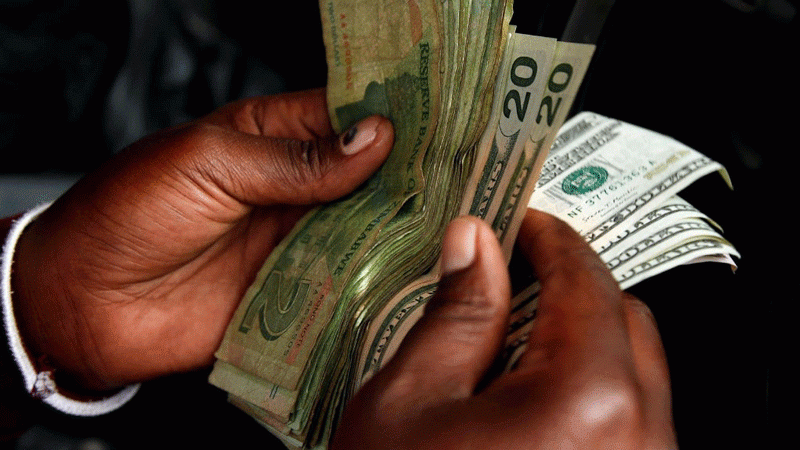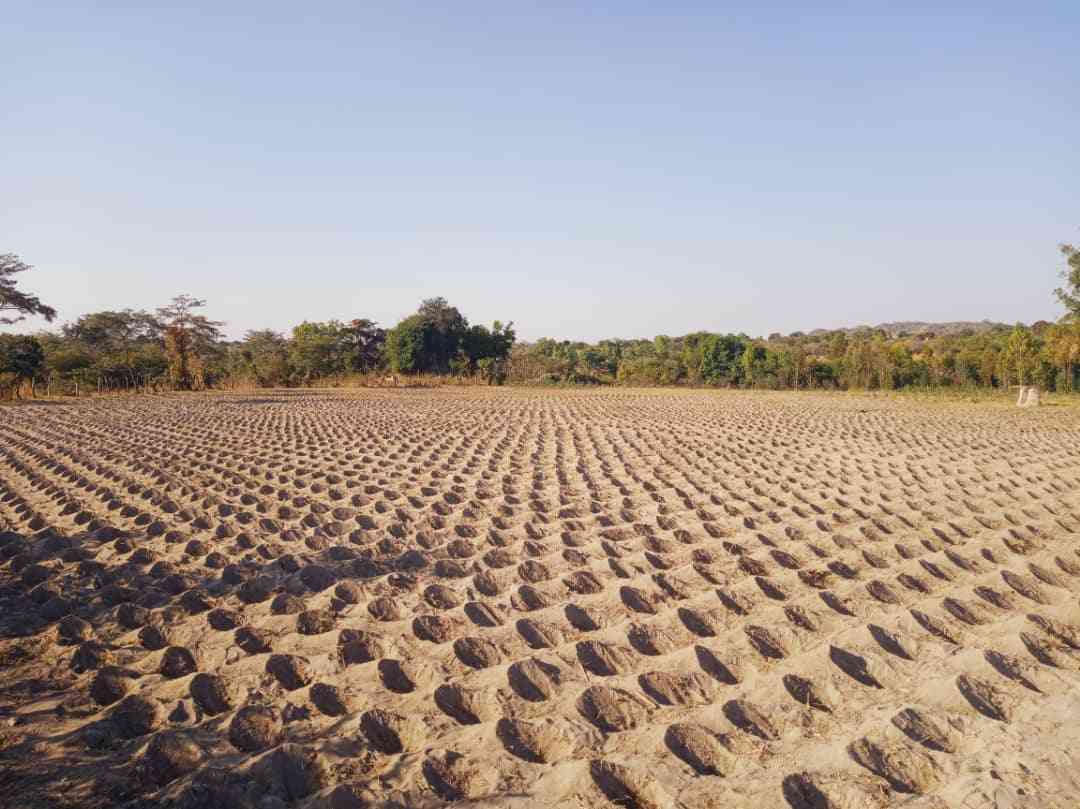
Zimbabwe officially attained independence from colonial rule in April 1980.
At the time, the local currency was valued above the United States dollar, a value that quickly fell due to a range of issues particularly, economic mismanagement and ill-advised structural adjustment programmes of the 1990s.
Over the years, various economic blueprints from ESAP to Zimprest to ZimAsset to TSP and now to NDS1 have been introduced to put Zimbabwe on a sure economic footing but registered limited success.
Changes in economic frameworks have gone alongside, equally failing currency reform measures.
The local currency which was disbanded in early 2009 in favor of the US dollar due to record hyperinflation for a country in peacetime was re-introduced in February 2019 despite a lack of macroeconomic fundamentals to support it.
Generally, a stable currency is a function of strong animal spirits, that is, the emotions of confidence, hope, fear, and pessimism that can affect financial decision-making, which in turn can fuel or hamper economic growth.
As a result of weak animal spirits coupled with fiscal indiscipline and excessive money printing, the rebranded Zimbabwe dollar failed to withstand depreciation pressures against other hard currencies.
For instance, in February 2019, the broad money supply which stood at $10.4 billion mounted by a staggering 4 767% in just three (3) years ending February 2022.
- Firm Faith postpones album unveiling
- ZimNinja holds first ever Ninjutsu Grading
- ZimNinja holds first ever Ninjutsu Grading
- In-depth Interview: 'Local tourism on great rebound'
Keep Reading
Unsurprisingly, the monetary aggregate grew by an unsustainable 121% (75% if adjusted for exchange rate movements) in only four (4) months to close at $1.1 trillion as of June 2022.
Again, the latest revelations show that during the 2019-2020 period, the indisciplined Treasury overspent its approved budgets by a whopping $107 billion despite incurring another US$10 billion cumulative budget overrun between 2015 and 2018.
These statistics are clearly showing that the government has contributed a large part to the current currency and price conundrum.
From the beginning of 2022 to date, this excessive ZWL liquidity emanating from fiscal indiscipline has caused the local currency to lose at least 75% of its value in the official Willing-Buyer Willing-Seller (WBWS) interbank market.
Endemic corruption and mismanagement of public procurement processes have played a starring role in exacerbating Zimbabwe’s currency and inflation woes.
This is greatly stifling public service delivery and subduing economic growth and development as public funds are being abused, misused, embezzled, and diverted for private gain through economies of affection, nepotism, and tender-preneurship deals.
In 2021, Zimbabwe’s corruption rank by Transparency International (TI) was recorded at 157/180 countries meaning that it is one of the most corrupt nations globally.
The latest revelations show that because of poor contract due diligence by line ministries, the Treasury has been paying public sector contractors for goods and services supplied at or above exorbitant parallel rates despite the existing government regulations which ban the charging of goods and services at local prices above official rate plus a 5% margin.
This explains the exchange rate volatility that was experienced between Jan-July 2022 period.
These contractors have been offloading tons of ZWL balances from the government into the alternative markets in search of a stable US dollar.
Consequently, these actions left households biting the dust as prices of many basic goods skyrocketed beyond the reach of many.
In the worst case, some specific goods and services are now being sold exclusively in forex as markets began rejecting the fragile ZWL, a currency being earned by the majority of Zimbabweans, particularly public servants.
With politicians now facing mounting pressure to stabilize the economy especially given general elections expected next year, the president announced that he has directed the public sector to suspend all payments to government contractors pending due diligence reports on pricing.
This display of some political will to clamp currency madness is highly commendable as it will buttress the actions being taken by the monetary authority.
In addition to the ongoing open market operations (OMO), setting a high benchmark policy rate and relatively lower quarterly reserve money growth targets, the RBZ has since introduced gold coins in July 2022 to help mop excess ZWL in circulation by providing an alternative store of value for investors.
To ensure that even low-income individuals equally benefit from the gold scheme barring corruption, the bank is set to introduce low denominations of gold coins like one-tenth and half ounce gold coins.
These gold coins will suffocate the demand for the US dollar as a store of value at least in the short run -the first six months before the coins become widely tradable in the market.
Consequent to some of the foregoing policy actions, parallel market exchange premia are facing downward pressures.
The parallel exchange rates that were ranging between $800 to $900 to the greenback in alternative markets have plunged though marginally and are now quoted at between $650 to $750.
In what has become a first since April 2021, Zimbabwe had experienced a disinflation path for two (2) consecutive months.
In July 2022, prices mounted by 25.6% relative to the 30.7% that was recorded in June, and in August, prices increased by 12.4%, down by 13.2 percentage points from the July outturn. If the moderation of ZWL depreciation pressure witnessed recently in the parallel market is sustained, disinflation will accelerate since corporates are benchmarking ZWL prices at or above prevailing alternative rates.
This is also key in reducing rising income inequalities between the haves (those with US dollars) and the have-nots (those with ZWLs) thus increasing aggregate consumer demand, an engine for robust economic growth.
Furthermore, extreme poverty levels currently estimated at 60% of the total population will decline significantly as consumers will be able to afford basics.
All of that being said, it is likely that the moderation of parallel market rates will be short-lived just as was the case when the Dutch Foreign Currency Auction System was introduced in June 2020.
This is because, generally, government spending pressure is highly elevated in the second half of the year which coincides with the start of summer agriculture cropping season as well as the payment of annual bonuses.
There are also high possibilities of policy slippages as policymakers face immense pressure to pursue populist policies to appease the electorate ahead of the 2023 general elections.
Further, there are uncertainties around the future path of the Covid-19 pandemic alongside the negative ripple effects of the Russia-Ukraine war.
The longer the war, the greater the suffering of net importing countries like Zimbabwe as global supply chains are being severely disrupted thus exerting pressure on global energy and food prices.
It is, therefore, my submission that for sustained macroeconomic stability to be a reality in Zimbabwe, there is a need for increased political will by the executive branch to help curb massive leakages emanating from rampant institutionalized corruption, especially in public procurement and illicit financial flows such as smuggling of precious minerals.
It is reported that Zimbabwe is losing at least US$1.2 billion annually through the smuggling of gold alone.
If directed into Treasury coffers, these funds can be used to provide quality & affordable public services, resuscitate dilapidating infrastructure, and help industries to retool, ceteris paribus.
There is also a dire need to strengthen institutions (rules of the game) to ensure a smooth implementation of inclusive and prudent market-driven policies.
More so, it is high time now for Zimbabwe to undertake deep structural adjustments buttressed by other economic reforms to subdue existing pricing distortions in the market.
This is crucial as it reduces the cost of doing business, cultivates business predictability to boost private investment, create youth employment, and power aggregate consumer demand.
- Sibanda is an economist. He is a research associate with Zimcodd. He is a staunch advocate for inclusive and sustainable development. He writes in his personal capacity.
- *These weekly Insights articles published in the Standard newspaper are coordinated by Lovemore Kadenge, independent consultant, past president of the Zimbabwe Economics Society and past president of the Chartered Governance & Accountancy Institute in Zimbabwe. Email- kadenge.zes@gmail.com. Mobile No. +263 772 382 852






